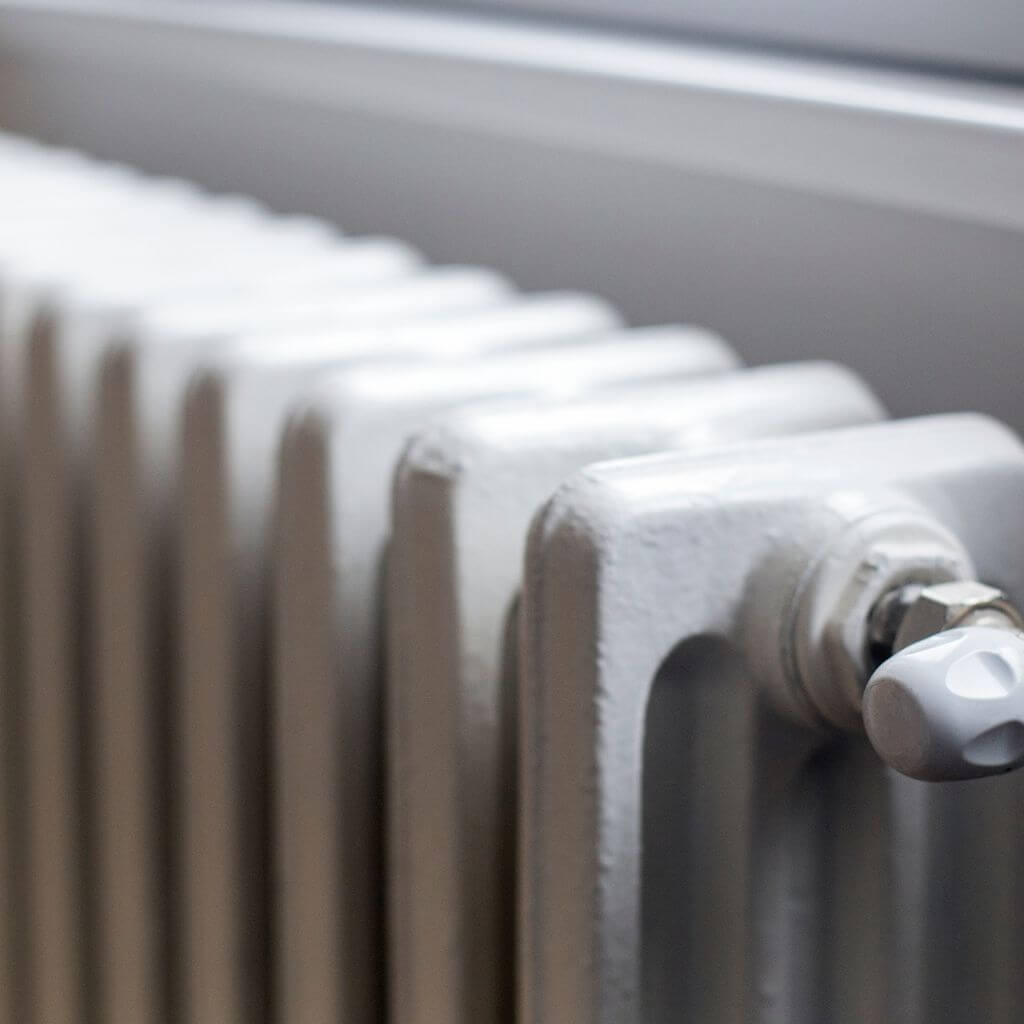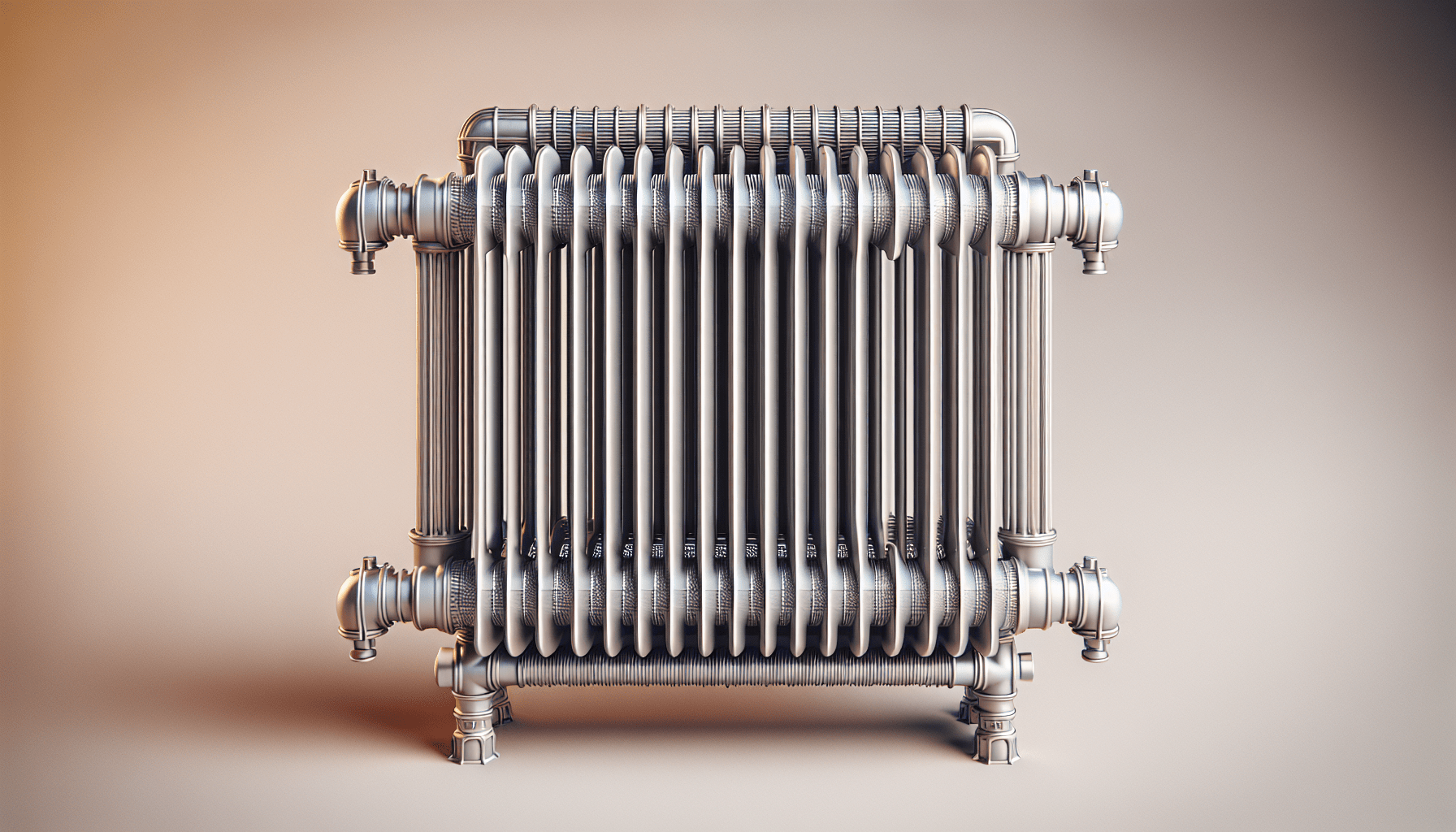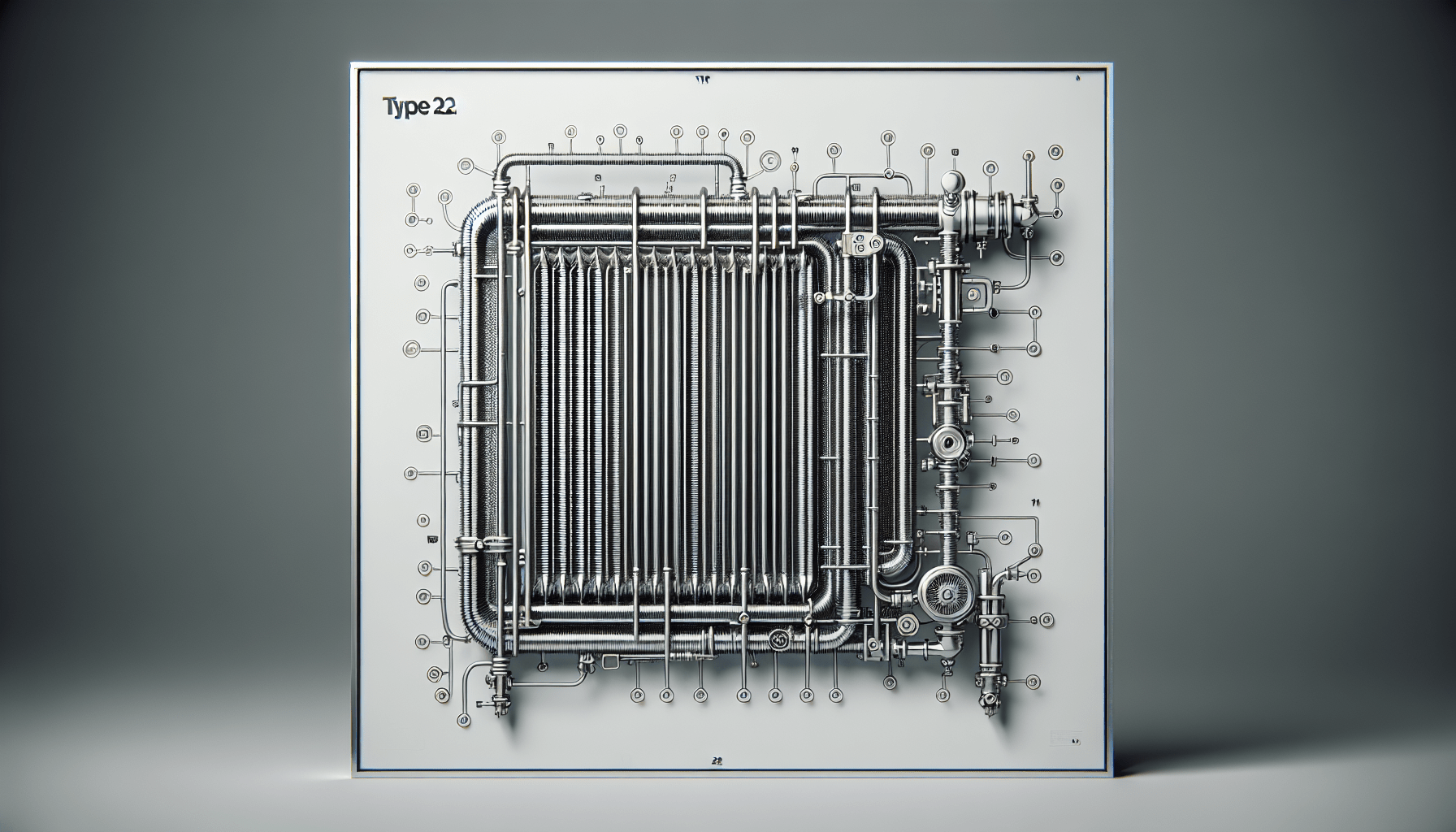
If you’re on the hunt for a radiator that combines stylish design with exceptional efficiency, then you may have come across Type 22 radiators. But are they truly more efficient than their counterparts? In this article, we’ll explore the efficiency of Type 22 radiators, discussing their unique features and benefits, as well as the factors to consider when choosing the right radiator for your space. So, whether you’re looking to upgrade your heating system or simply curious about the latest advancements in radiator technology, read on to discover if Type 22 radiators live up to their reputation as the pinnacle of efficiency.
What are Type 22 Radiators?
Definition
Type 22 radiators are a specific type of heating device commonly used in residential and commercial buildings. They are designed to efficiently generate and emit heat, providing comfortable indoor temperatures. The “22” in their name refers to the number of panels and convector fins they have, which directly affects their heat output and efficiency.
Features
Type 22 radiators have several distinguishing features that set them apart from other types of radiators. These features include:
- Double Panel: Type 22 radiators have two panels, allowing for a larger surface area over which heat can be distributed.
- Double Convector: In addition to the two panels, Type 22 radiators also have double convector fins, which further increase the heat output.
- Heat Output: The combination of double panels and double convector fins enables Type 22 radiators to provide higher heat output compared to other radiator types.
- Efficiency: Type 22 radiators are designed to maximize efficiency by efficiently transferring heat from the heated water flowing through them to the surrounding air.
- Size and Space Requirements: Type 22 radiators come in various sizes and dimensions, allowing for flexibility in installation based on the available space in the room.
Understanding Radiator Efficiency
Definition of Efficiency
Efficiency, in the context of radiators, refers to the ability of a heating device to convert the energy it consumes into heat effectively. A more efficient radiator will convert a higher percentage of the input energy into usable heat, resulting in better energy utilization and cost savings.
Factors Affecting Efficiency
Several factors influence the efficiency of a radiator, including:
- Size and Surface Area: A larger radiator with a greater surface area can emit more heat and generally have a higher efficiency.
- Design and Construction: The design and materials used in the construction of a radiator impact its efficiency. Well-designed radiators with efficient convection and heat transfer mechanisms tend to be more efficient.
- Water Temperature: Higher water temperatures can lead to more efficient heat transfer, especially in radiators with larger surface areas.
- Insulation: Proper insulation of the surrounding walls and pipework can help retain the heat generated by the radiator, increasing overall efficiency.
Measuring Radiator Efficiency
The efficiency of a radiator is typically measured using the European Seasonal Energy Efficiency Ratio (ESc). This rating system provides a standardized measure of the radiator’s efficiency under specific conditions, such as water temperature and heat output. A higher ESc value indicates a more efficient radiator.
Comparing Type 22 Radiators with Other Types
Types of Radiators
There are various types of radiators available on the market, each with its own set of characteristics and advantages. Some common types include:
- Type 11: This radiator has a single panel and a single convector, making it compact and suitable for smaller spaces.
- Type 21: Similar to Type 11, it has a single panel but with double convector fins, providing increased heat output compared to Type 11 radiators.
- Type 22: As discussed earlier, Type 22 radiators have two panels and two convector fins, offering higher heat output and greater efficiency compared to Type 11 and Type 21 radiators.
- Type 33: This radiator features three panels and three convector fins, providing the highest heat output and efficiency among the common radiator types.
Efficiency Comparison
When comparing the efficiency of different radiator types, Type 22 radiators consistently outperform Type 11 and Type 21 radiators. The additional panel and convector fins of Type 22 radiators significantly increase the radiating surface area, allowing for more efficient heat distribution.
While Type 33 radiators offer even higher heat output and efficiency, they are often unnecessary for most residential applications. Type 22 radiators strike a balance between performance, efficiency, and cost, making them a popular choice for many homeowners.
Advantages and Disadvantages
Type 22 radiators have several advantages that make them a compelling choice for heating systems:
- Higher Heat Output: The double panels and double convector fins of Type 22 radiators allow for increased heat output compared to other radiator types, ensuring optimal heating in your home or commercial space.
- Improved Efficiency: The design and construction of Type 22 radiators make them highly efficient at transferring heat from the hot water flowing through them to the surrounding air, resulting in better energy utilization and cost savings.
- Greater Control over Heating: Type 22 radiators provide superior control over indoor temperatures, allowing you to fine-tune the heating in each room based on individual preferences and requirements.
- Compatibility with Central Heating Systems: Type 22 radiators are compatible with central heating systems, making them a suitable choice for both new installations and retrofitting projects.
However, it’s important to consider a few potential disadvantages:
- Size and Space Requirements: Type 22 radiators are bulkier compared to Type 11 and Type 21 radiators due to the double panels and convector fins. This may limit their suitability for smaller rooms with limited wall space.
- Higher Cost: Type 22 radiators tend to be more expensive than Type 11 and Type 21 radiators due to their enhanced heat output and efficiency. However, the long-term energy savings they provide can offset the initial investment.
Key Features of Type 22 Radiators
Design and Construction
Type 22 radiators are typically made from high-quality steel, which ensures durability and efficient heat transfer. Their design includes two panels and two convector fins, specifically engineered to maximize heat output and efficiency. The panels are usually welded or pressed together, providing a seamless appearance.
Double Panel with Double Convector
The double panel configuration of Type 22 radiators increases the surface area available for heat transfer, allowing for improved efficiency. The two convector fins positioned between the panels enhance the convective heat transfer process by increasing airflow and maximizing the contact between air and the heated surfaces.
Heat Output and Performance
One of the key advantages of Type 22 radiators is their high heat output. The combination of double panels and double convector fins enables these radiators to emit a significant amount of heat into the surrounding space, ensuring effective and efficient heating. The heat output can be further regulated using thermostatic valves to maintain the desired temperature.
Size and Space Requirements
Type 22 radiators are available in a range of sizes and dimensions, allowing for flexibility in installation based on room requirements and available wall space. They can be mounted horizontally or vertically, making them suitable for various room layouts. The multiple sizing options ensure that there is a Type 22 radiator suitable for every space.
Advantages of Type 22 Radiators
Higher Heat Output
Type 22 radiators offer a greater heat output compared to other radiator types. This increased heat output is especially useful in larger rooms or spaces that require higher heating levels. It ensures that your living or working environment remains warm and comfortable even during colder months.
Improved Efficiency
The double-panel design and double convector fins of Type 22 radiators significantly enhance their efficiency. These features maximize heat transfer from the water circulating within the radiator to the surrounding air, ensuring efficient and effective heating. By utilizing energy more effectively, Type 22 radiators can help reduce heating costs while providing optimal comfort.
Greater Control over Heating
Type 22 radiators allow for better control over heating in individual rooms or zones. By using thermostatic valves, you can adjust the temperature in each room independently, catering to specific preferences and ensuring optimal comfort. This level of control can help you save energy by only heating the areas that require heating.
Compatibility with Central Heating Systems
Type 22 radiators are compatible with central heating systems, making them an ideal choice for both new installations and retrofitting projects. They seamlessly integrate with existing systems, providing efficient heating without the need for major modifications. This compatibility ensures ease of installation and compatibility with a wide range of heating setups.
Considerations before Choosing Type 22 Radiators
Room Size and Heat Requirements
Before choosing Type 22 radiators, consider the size of the room and the level of heat required. Larger rooms or spaces with high heat loss may benefit from the higher heat output offered by Type 22 radiators. However, for smaller rooms, Type 11 or Type 21 radiators may be more suitable due to their smaller size and space requirements.
Budget and Cost
Type 22 radiators typically have a higher upfront cost compared to other radiator types due to their enhanced heat output and efficiency. However, it’s important to consider the long-term energy savings that can offset the initial investment. Evaluate your budget and determine the cost-effectiveness of Type 22 radiators based on your specific heating requirements.
Installation and Maintenance
Consider the ease of installation and maintenance associated with Type 22 radiators. Ensure that the available wall space and mounting options are compatible with the radiator size and dimensions. Additionally, factor in any additional maintenance requirements, such as periodic cleaning or venting, to ensure optimal performance and longevity.
Aesthetics and Design
Take into account the aesthetic appeal of Type 22 radiators and how well they integrate into your interior design. With a wide variety of finishes and colors available, you can choose a radiator that complements the style and décor of your space. Consider the visual impact the radiator will have and how it will blend with the overall aesthetics of the room.
Case Studies and Customer Experiences
Real-Life Examples
In a real-life case study, a homeowner previously using Type 11 radiators decided to upgrade to Type 22 radiators due to increased space requirements and a desire for improved heat output. The installation of Type 22 radiators brought significant improvement in heating performance, ensuring even heat distribution and greater comfort throughout the entire house.
Customer Reviews and Ratings
Customers who have opted for Type 22 radiators have reported positive experiences and high satisfaction levels. Many emphasize the enhanced heat output, improved efficiency, and superior control over heating as the main benefits they have observed. They have also praised the durability and reliability of Type 22 radiators, noting their long-term performance.
Expert Opinions and Studies
Opinions from Heating Experts
Heating experts consistently highlight the advantages of Type 22 radiators, particularly their higher heat output and improved efficiency compared to other radiator types. They emphasize the significance of choosing radiators that match the heat requirements and room size to ensure optimal heating performance. Type 22 radiators are often recommended for larger rooms or spaces that require higher heating levels.
Relevant Studies and Research
Several studies have been conducted to evaluate the efficiency and performance of different radiator types. These studies consistently find that Type 22 radiators offer superior heat output and efficiency compared to Type 11 and Type 21 radiators. The enhanced design and construction of Type 22 radiators contribute to their ability to provide effective and efficient heating.

Energy Efficiency and Environmental Impact
Energy Efficiency Ratings
Type 22 radiators often have higher energy efficiency ratings compared to other radiator types due to their enhanced design and construction. By maximizing heat output and minimizing energy wastage, Type 22 radiators help reduce energy consumption and contribute to overall energy efficiency in residential and commercial buildings.
Environmental Considerations
Type 22 radiators are designed to be highly efficient, resulting in lower energy consumption and reduced carbon emissions. By effectively utilizing available energy resources, these radiators contribute to a more sustainable and environmentally friendly heating solution. This aligns with the increasing focus on reducing carbon footprints and embracing eco-friendly practices.
Sustainable Heating Solutions
For those seeking sustainable heating solutions, Type 22 radiators can be an excellent option. Their high energy efficiency helps minimize overall energy consumption, reducing both costs and environmental impact. Additionally, Type 22 radiators can be used in conjunction with renewable energy sources, such as solar thermal systems, to further enhance their sustainability.
Conclusion
Summary of Findings
Type 22 radiators are a highly efficient and effective heating solution for both residential and commercial spaces. Their double-panel design and double convector fins enable them to provide higher heat output and improved efficiency compared to other radiator types.
These radiators offer several advantages, including greater control over heating, compatibility with central heating systems, and the ability to cater to various room sizes and heat requirements. Their enhanced efficiency and energy utilization contribute to cost savings and reduced environmental impact.
Final Thoughts
When considering the installation or upgrade of a heating system, it’s important to carefully consider the specific requirements of your space. Type 22 radiators offer significant benefits in terms of heat output, efficiency, and control over heating. By choosing Type 22 radiators, you can enjoy optimal comfort, energy savings, and a sustainable heating solution.






